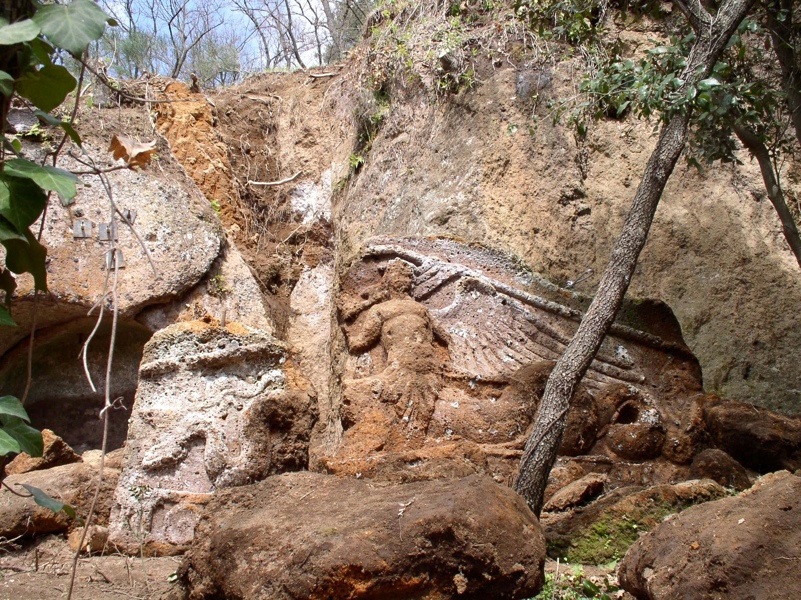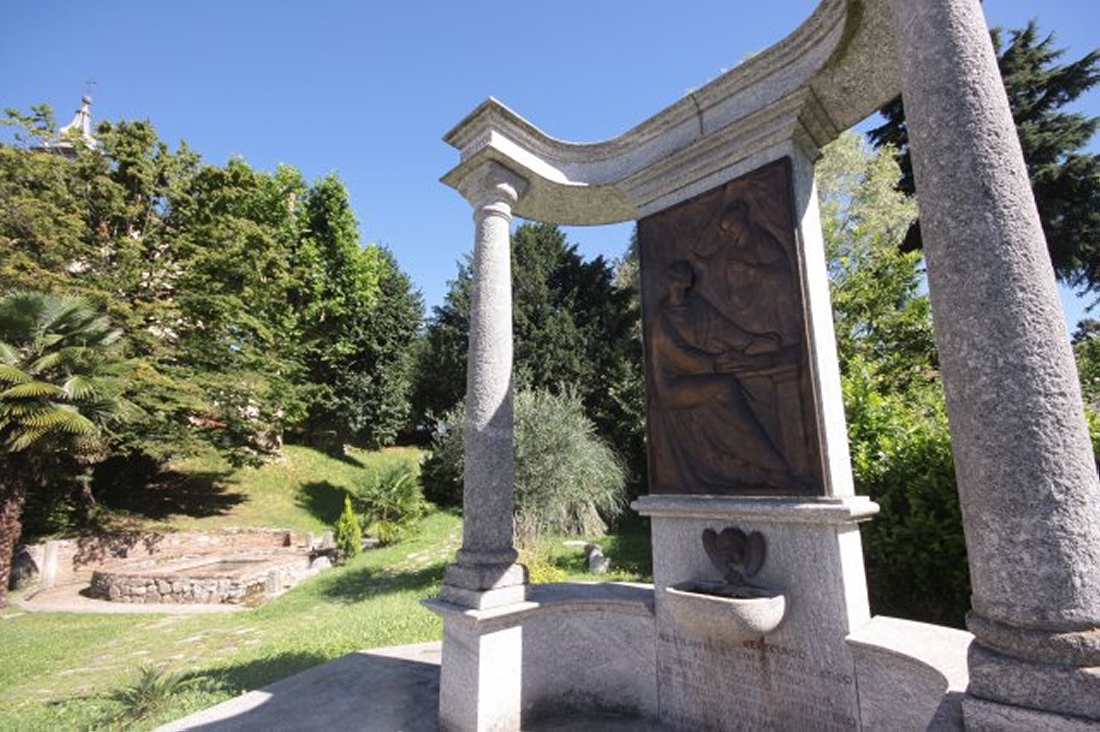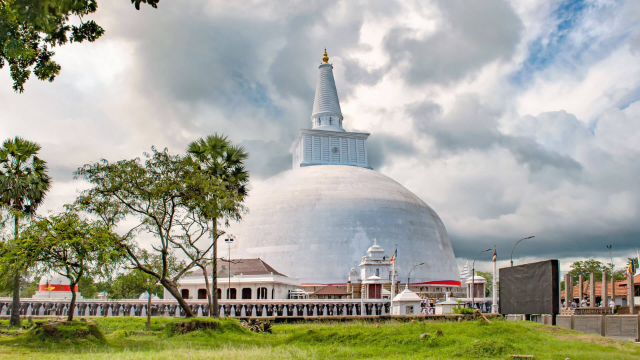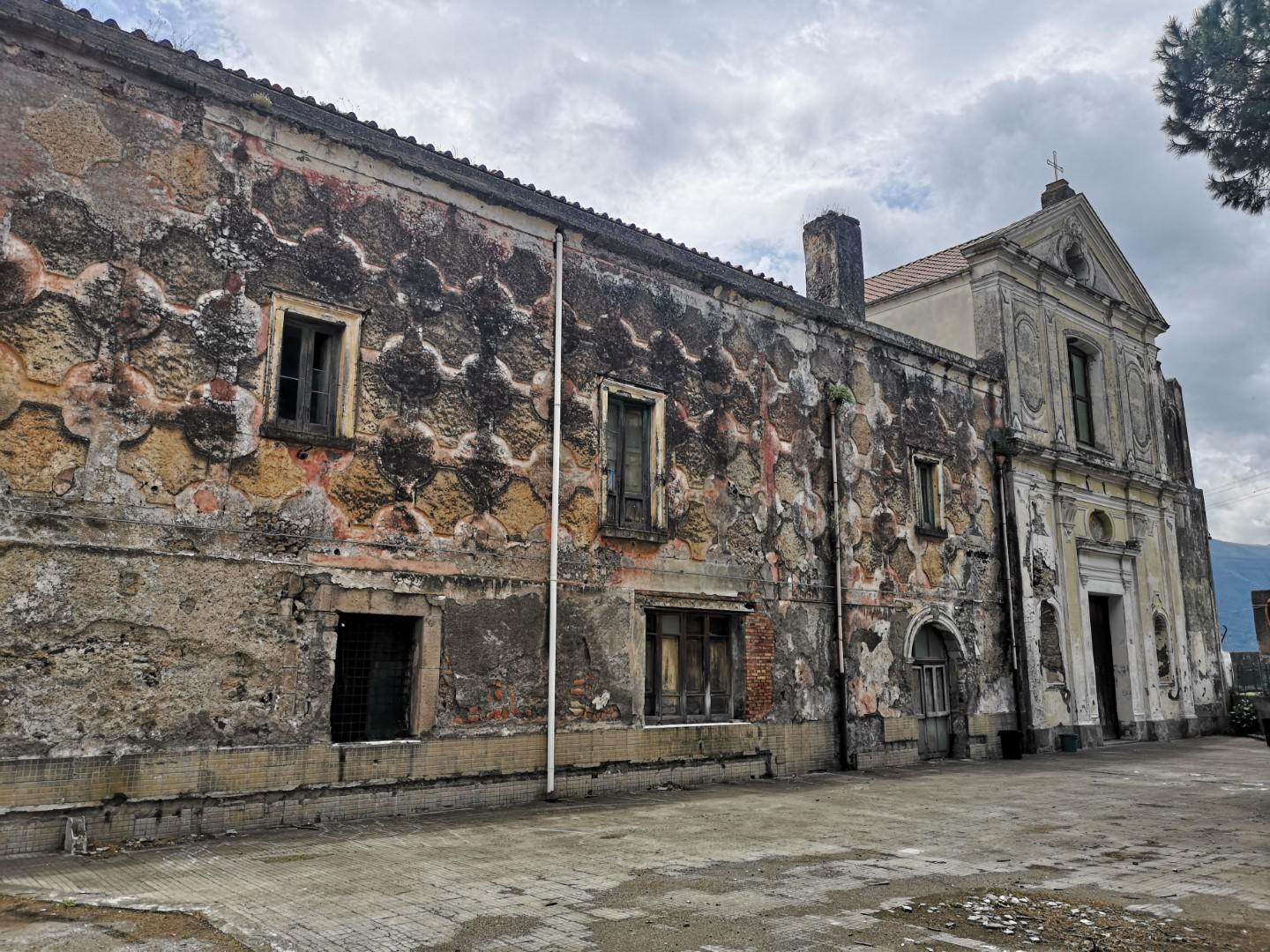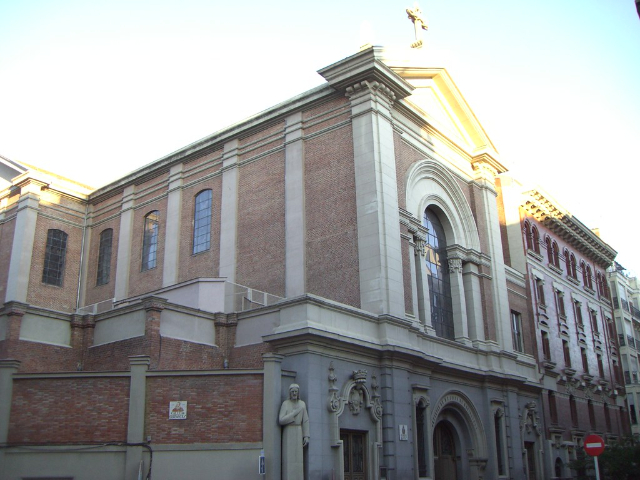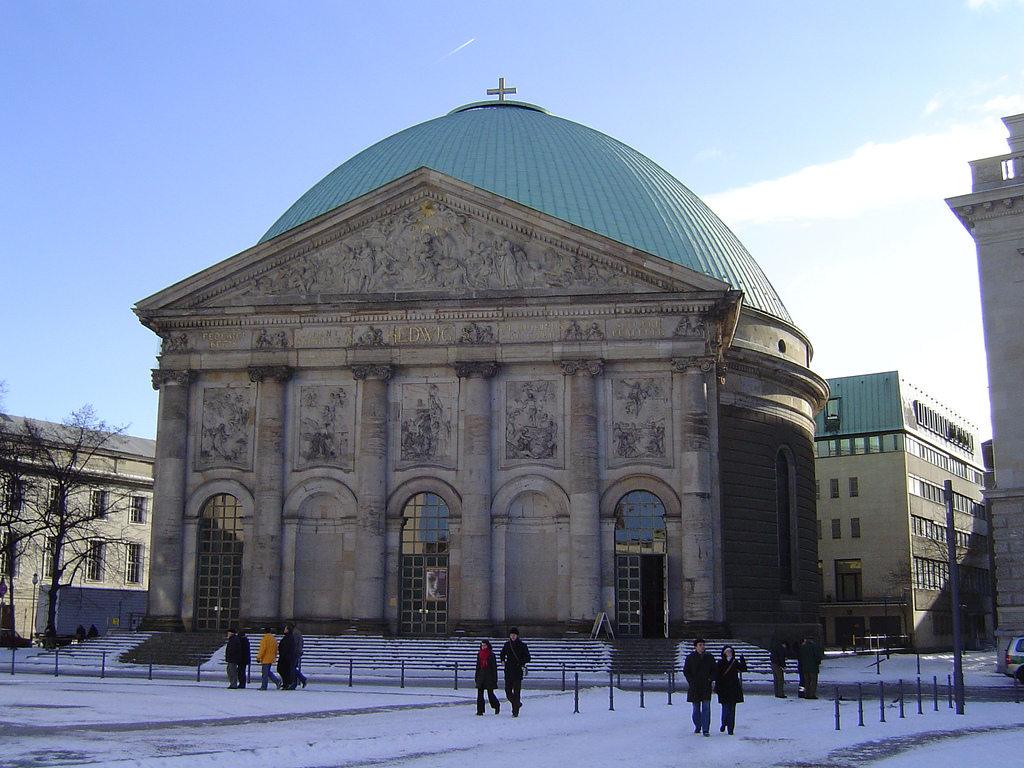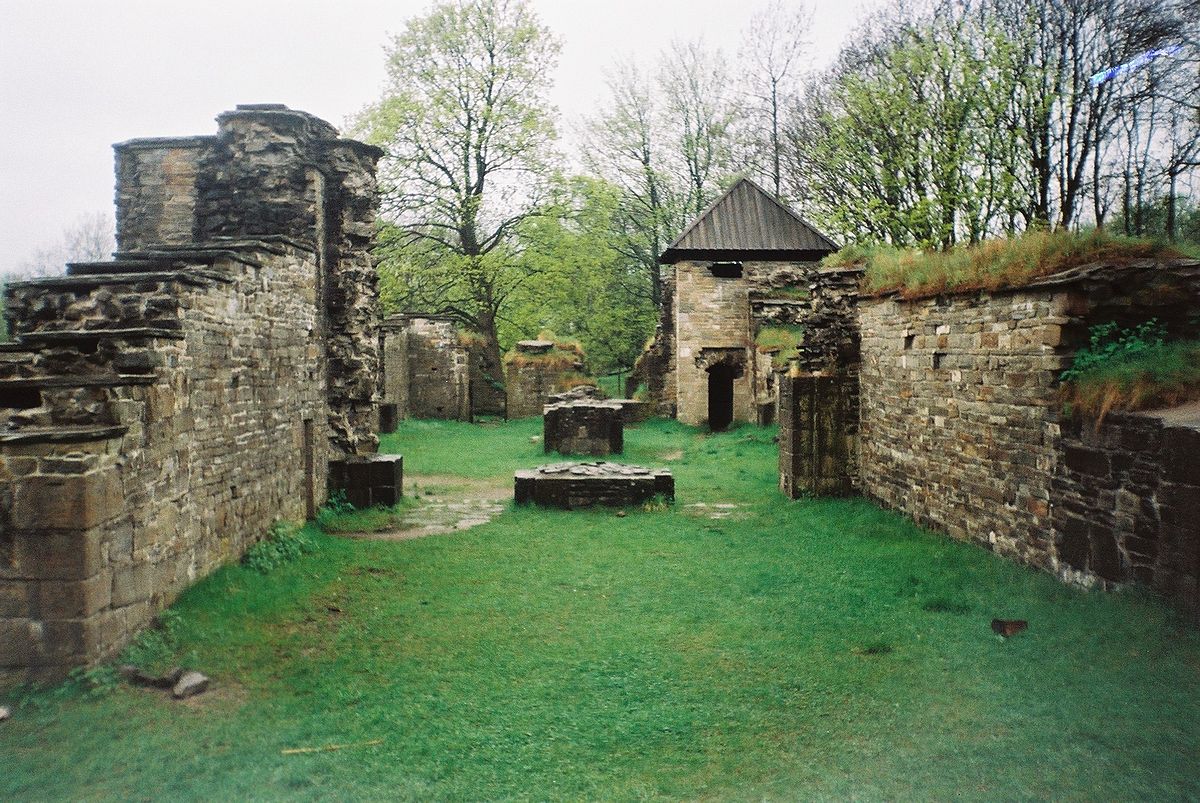The large necropolis is certainly one of the most striking and important testimonies left to us by this fascinating population that developed before the great period of Rome’s hegemony. The area of Sovana, not far from the Via Clodia, was identified in the territory bounded by the Via Aurelia and the Via Cassia, main arteries of communication to which the inland territory was connected by a series of roads and paths that followed the course of the Fiora River. Characteristic of the hilly area were and are the Vie Cave, roads of short length but entirely and deeply dug into the tufa, once used as communication routes between small settlements and often necropolises were located in their vicinity; today they offer visitors extraordinary environments of unspoiled naturalistic richness. The archaeological park extends almost everywhere throughout the Città del Tufo area, but it is in Sovana, thanks to its red tuff that is more resistant than others in the area, that the most important monumental tombs are found. Throughout the area, necropolises develop along the valleys carved by the many rivers and streams, exploiting the natural slope of the tuffaceous ridges. The tombs are referable to a population that resided in nearby Sovana between the 7th and 1st centuries B.C. The oldest tombs have simple shapes and numerous loculi, thought to be the tombs of people who lived in small villages devoted to pastoralism. The most artistic tombs are those made between the 3rd and 2nd centuries B.C. when Suana had acquired considerable economic dominance in the area.
To be seen scattered throughout the necropolis are the Tomb of Ildebranda,the Tomb of the Typhon, The Hollow, the Tomb of Pholonia, the Tomb of the Columbars and the Tomb of the Silenus, the Pola Tomb, the Tomb of the Siren
